We provide our students with high-performance tennis training using a specialized curriculum designed by internationally renowned tennis coach Gabe Jaramillo.
Gabe Jaramillo is a renowned international tennis coach who has worked with many of the greatest players in the sport’s history. Throughout his career, he’s developed eleven of the world’s No.1 ranked players and 27 top 10 players, including Agassi, Sharapova, Seles, Nishikori, and many others. He has over 42 years of experience making champions, and his advance methodology keeps producing results. According to Gabe Jaramillo, our Tennis Director, Juan Abuchaibe, is one of the most talented coaches, with extensive experience in developing and managing both professional and top college players.
The system is the machine that implements the methodology. It is comprise of parents, coaches, the environment, and the Athlete.
Our system is created to develop champions in life, promoting independence and critical thinking.
The system is the machine that implements the methodology. The system is the machine comprising athletes and parents.

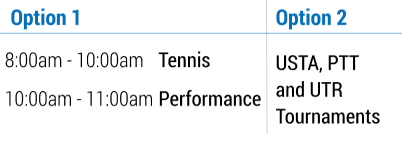

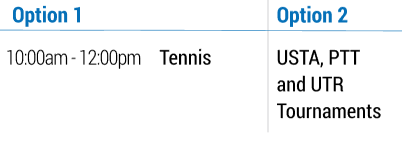
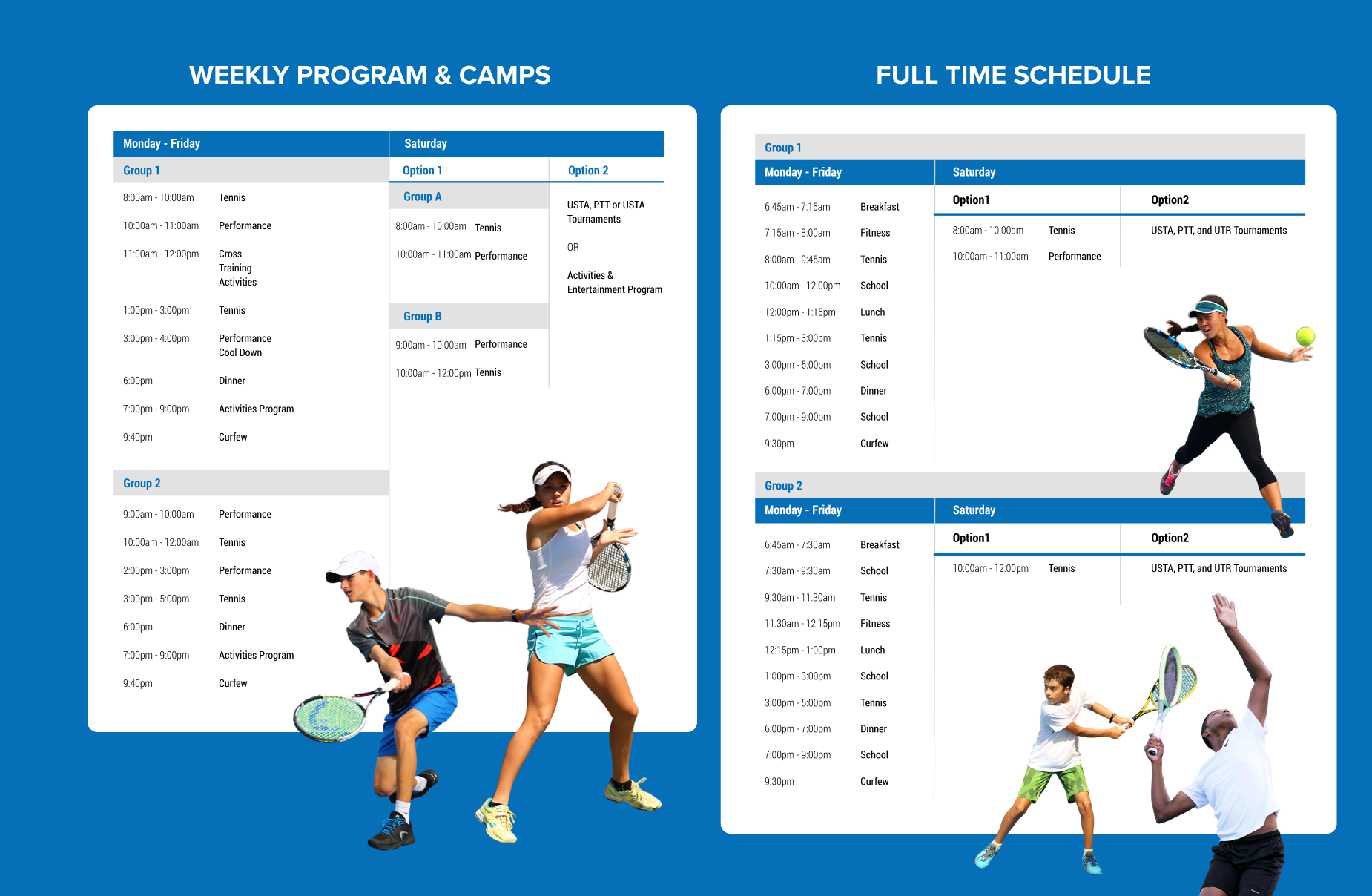

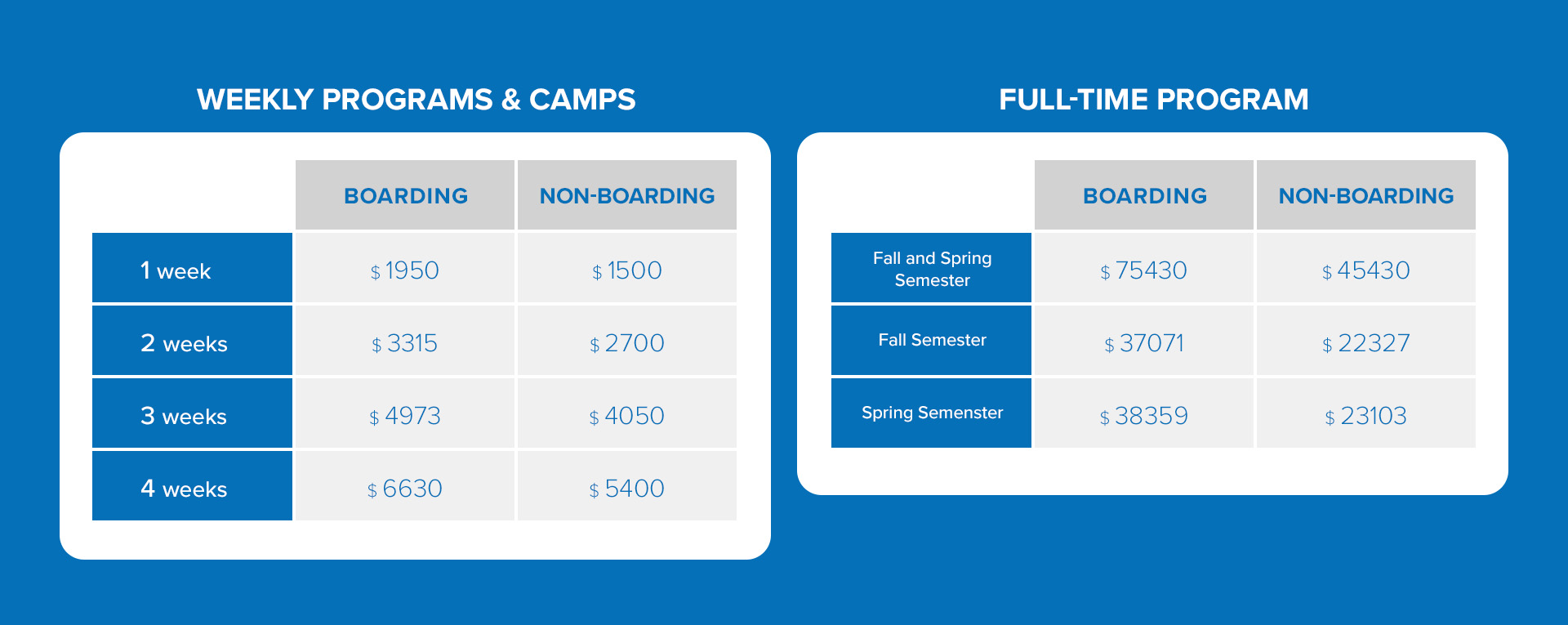
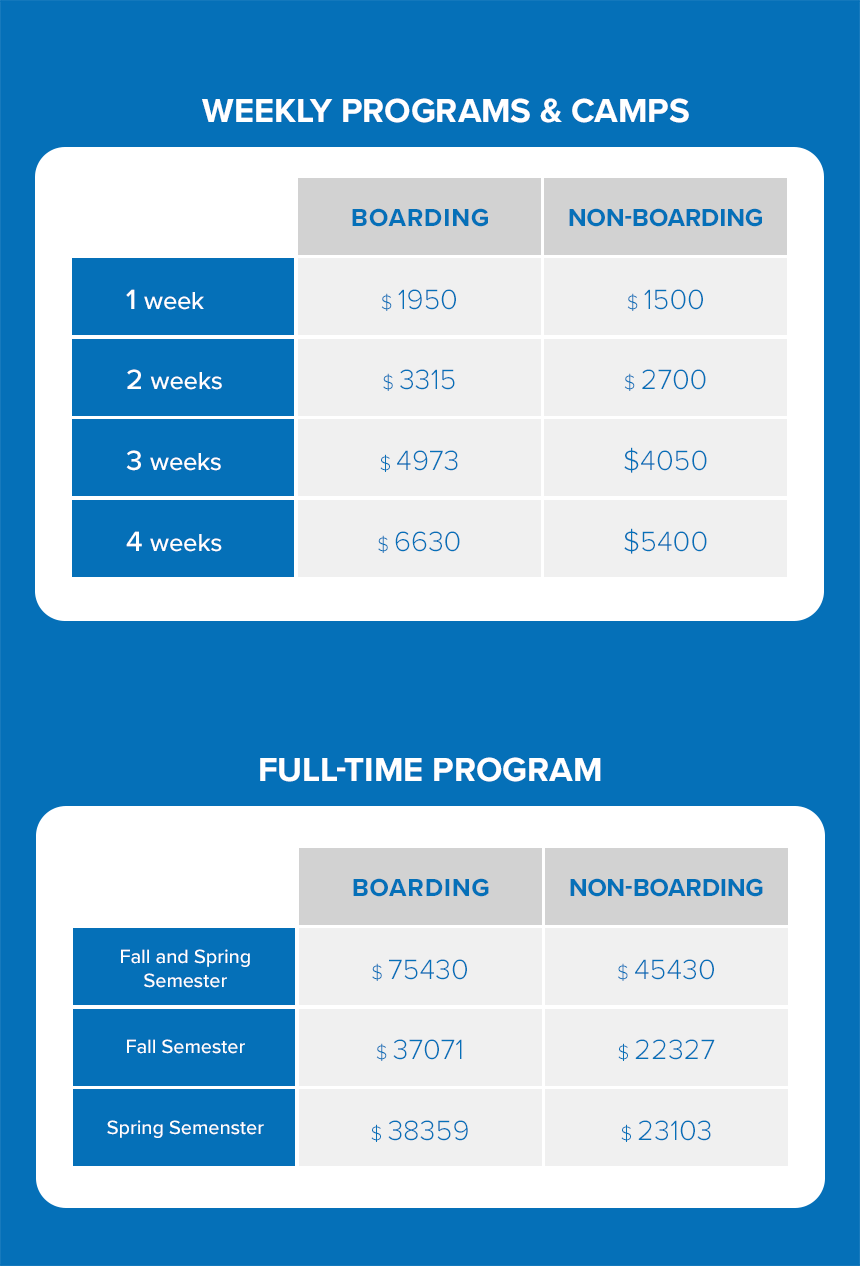
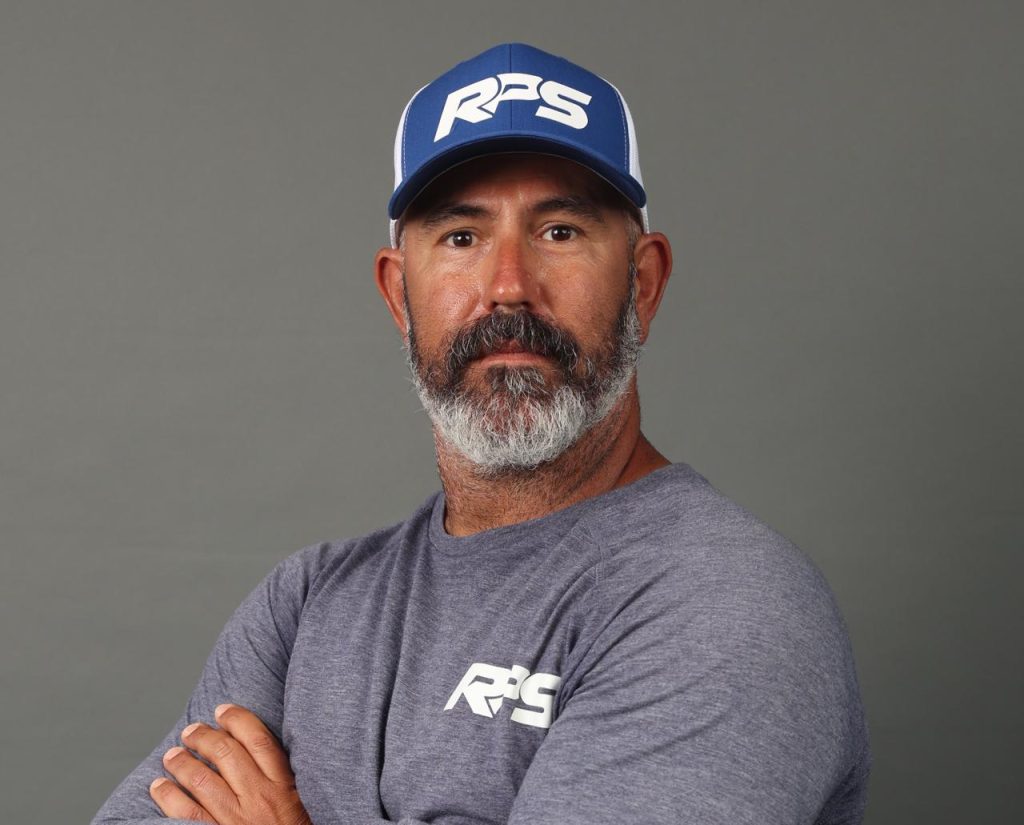
Juan Abuchaibe, a seasoned tennis director and former professional player, boasts an impressive career marked by significant coaching and development roles with both professional and collegiate tennis players. His leadership was instrumental as the Junior Davis Cup captain in 2012, and he adeptly guided the Colombian team at the Youth Olympic Games in China in 2014.
Juan’s influence further extended to mentoring young talent in the COSAT European Circuit for U14 in 2012. He helmed the Junior Development Program of the Colombian Tennis Federation from 2007 to 2009 and again from 2013 to 2014, shaping future generations of players. As captain at the ODESUR Games in Santiago, Chile, and Lima, Peru in 2014, along with his role as a Colombian delegate for COSAT and ITF circuits from 2007 to 2014, Juan’s global experience has profoundly enriched his contributions to tennis, underscoring his lasting impact in the sport.
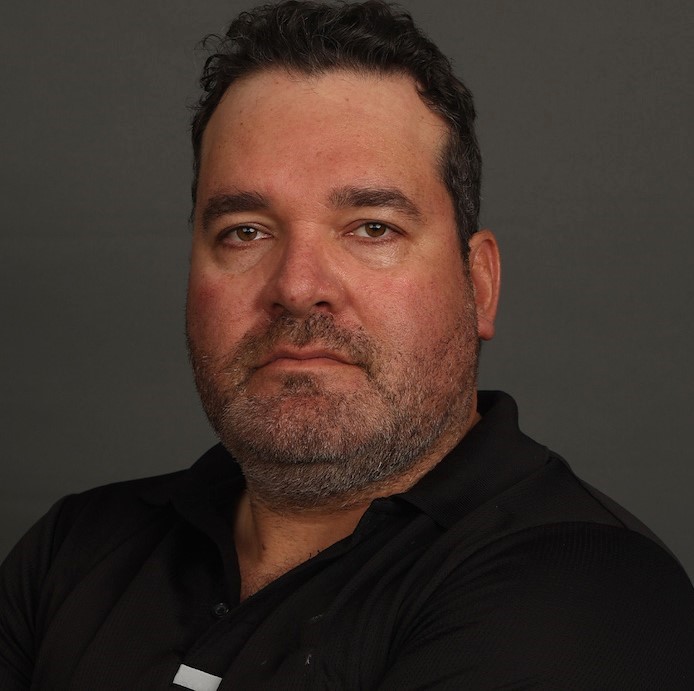
Andres has a successful track record of developing tennis players from their early phases to professional and college levels. He runs the world-recognized RPS Academies tennis division, known for its exceptional training and development strategies that help athletes achieve their highest potential. Under his guidance, players have achieved remarkable results on the ATP, WTA, and ITF tours. Andres’s expertise extends to developing comprehensive training programs and meticulously planning tennis tournament schedules, ensuring each athlete is well-prepared for competition
Our program has two unique training sessions, one in the morning and one in the afternoon.
The morning session includes two hours of stroke production and technique development. The focus of the afternoon session is point development and match play. The students will have one hour of on and off-court conditioning and weight training three times per week. Our method of two training sessions per day will allow the student to assimilate the instruction effectively.
Our high-performance Academy has a track record of helping players reach their potential. In addition to academy training, players will be given a chance to train with the best players and engage in match-play, conditioning, mental training, video analysis, and player analysis.
Each morning, our athletes focus on mastering strokes and fundamentals fundamentals such as control, height, depth, placement, and ball speed. In the afternoon, the training shifts to strategic tactical work, allowing athletes to apply their skills in game-like scenarios. This dual-focus approach ensures comprehensive development and improved performance.


Our program has two unique training sessions, one in the morning and one in the afternoon.
The morning session includes two hours of stroke production and technique development. The focus of the afternoon session is point development and match play. The students will have one hour of on and off-court conditioning and weight training three times per week. Our method of two training sessions per day will allow the student to assimilate the instruction effectively.
Our high-performance Academy has a track record of helping players reach their potential. In addition to academy training, players will be given a chance to train with the best players and engage in match-play, conditioning, mental training, video analysis, and player analysis.








We are what we consistently do. Routines must become habits, and these daily preparations must be executed with intention and purpose, without alternatives. By applying these routines, our chances of winning will …
“A Dream without a plan is just an illusion”
The plan is based on the systematic and incremental improvement of the player over an extended period. It focuses on the specific skill set of the athlete and …
Automation is achieved through repetition, duplication, replication, framing, and linking. The easiest way to learn is through consistent repetition. Recognizing that these principles are sequential, we deduce that the most …
One key difference between our methodology and others is our focus on the contact point of the stroke, which we emphasize through live ball training. This approach significantly accelerates the learning process. Our live ball …
Our primary objective is to develop the cognitive and mental aspects of the game, including emotional control and intellectual understanding. To achieve this, we conduct training based on games. Some of these games …
Training tennis in reduced spaces offers several advantages, it requires players to react more quickly to the ball. This improves their reflexes and sharpens their ability to anticipate and respond under pressure, it helps…
Using didactic materials such as barriers accelerates the learning process by encouraging athletes to think critically and analytically. These barriers help develop problem-solving skills and the ability to apply knowledge …
Final Preparation and Daily Training
Ultimately, our success is judged by the results, which is why it is crucial for athletes to arrive at competitions well-prepared in all aspects of their game. Daily practices …
We adhere to five fundamentals to develop talent, Individuality, Volume, Repetition, Variation, and Specificity
Implementing the three spheres of physical, mental, and competition simultaneously in training accelerates students’ progress and readiness for competition by fostering holistic development and enhancing their overall performance capabilities.
We are what we consistently do. Routines must become habits, and these daily preparations must be executed with intention and purpose, without alternatives.
Automation is achieved through repetition, duplication, replication, framing, and linking. The easiest way to learn is through consistent repetition.
Recognizing that these principles are sequential, we deduce that the most effective way to develop a high-performance athlete is through integrated training. This approach involves practicing all components simultaneously using repetition. Automation enables athletes to execute movements without consciously thinking about the mechanics, allowing for more fluid and efficient performance.
One key difference between our methodology and others is our focus on the contact point of the stroke, which we emphasize through live ball training.
Our primary objective is to develop the cognitive and mental aspects of the game, including emotional control and intellectual understanding. To achieve this, we conduct training based on games.
One key difference between our methodology and others is our focus on the contact point of the stroke, which we emphasize through live ball training.
This approach significantly accelerates the learning process. Our live ball drills help students develop spacing, timing, and balance. With practice, they internalize techniques with rhythm and fluidity, resulting in smooth, controlled strokes and movement across the court. While most academies emphasize basket drilling, we prioritize live ball exercises to ensure a more dynamic and effective training experience.
Our primary objective is to develop the cognitive and mental aspects of the game, including emotional control and intellectual understanding. To achieve this, we conduct training based on games.
Training tennis in reduced spaces offers several advantages, it requires players to react quickly to the ball. This improves their reflexes and sharpens their ability to anticipate and respond under pressure, it helps them develop better control over the ball and refine their technique.
Using didactic materials such as barriers accelerates the learning process by encouraging athletes to think critically and analytically. These barriers help develop problem-solving skills and the ability to apply knowledge in various contexts.
Incorporating barriers in training sessions makes practices more engaging and challenging, which enhances student concentration. Repetition and practice are key to learning, and barriers provide opportunities for students to reinforce specific skills needed in a match.
Final Preparation and Daily Training
Ultimately, our success is judged by the results, which is why it is crucial for athletes to arrive at competitions well-prepared in all aspects of their game. Daily practices expose them to various types of pressure, teaching them to perform at their best, under pressure, against opponents with different playing styles. This exposure helps them interpret and adapt to different plays based on their opponents and the court surfaces.
The training sessions are divided into two blocks of two hours each: one in the morning and one in the afternoon. These periods are exclusively for tennis and are designed to manage volume and intensity
Individuality, Volume, Repetition, Variation, Specificity.
All practices follow a strict schedule and aim for the highest level of precision. Each session integrates multiple components, including mechanical, tactical, and mental aspects, delivered simultaneously.
Enhances engagement and retention
We focus on minimizing errors to enhance the effectiveness of our practices. Our goal is for learners to perform flawlessly, automatically, and effortlessly.
The pursuit of improvement is an ongoing journey without end.
Continuous evaluation is the lifeblood of a coach. Continuous evaluation goes hand in hand with constant improvement.
Practices must be fast-paced, with clear objectives and precise timetables. Coaches and players should maintain a sense of urgency throughout the session.
If players aren’t hitting the ball, they aren’t learning. Emphasize less explanation and more action, keeping explanations brief to ensure they don’t slow down the practice.









Our systematic approach includes all of the fundamental components for peak performance including endurance, strength, power, speed, balance, coordination, agility, flexibility, and nutrition.
Develop strenght, speed, coordination and agility with the RPS Tennis specific conditioning program
Click edit button to change this text. Lorem ipsum dolor sit amet, consectetur adipiscing elit. Ut elit tellus, luctus nec ullamcorper mattis, pulvinar dapibus leo.
Click edit button to change this text. Lorem ipsum dolor sit amet, consectetur adipiscing elit. Ut elit tellus, luctus nec ullamcorper mattis, pulvinar dapibus leo.
Click edit button to change this text. Lorem ipsum dolor sit amet, consectetur adipiscing elit. Ut elit tellus, luctus nec ullamcorper mattis, pulvinar dapibus leo.
Click edit button to change this text. Lorem ipsum dolor sit amet, consectetur adipiscing elit. Ut elit tellus, luctus nec ullamcorper mattis, pulvinar dapibus leo.
Click edit button to change this text. Lorem ipsum dolor sit amet, consectetur adipiscing elit. Ut elit tellus, luctus nec ullamcorper mattis, pulvinar dapibus leo.
4500 SE Pine Valley Street
Port Saint Lucie, Florida 34952
+1 (772) 323-0625
© 2025 RPS ACADEMIES